Inevitable trend
- What do you think about the policy of arranging and restructuring the university education system that the Ministry of Education and Training was assigned to implement according to Resolution 71-NQ/TW?
- Over the first two decades of the 21st century, higher education has become a core component of the development strategies of most countries. From a global perspective, there are three major trends that are strongly influencing the operation and reform of higher education.
One is the trend of multi-disciplinary, multi-disciplinary, multi-functional universities. Two is the trend of centralization and restructuring the system through mergers or partnerships. Three is the trend of increasing autonomy accompanied by social accountability. Vietnam cannot stand outside these trends.
A fragmented and dispersed higher education system will find it difficult to integrate, and even more difficult to gain a position in international rankings. Vietnam currently has more than 240 universities and nearly 400 colleges. Most of these institutions are small in scale, have a narrow scope of operation, and the quality of training and research does not meet the requirements of socio- economic development. Notable features can be pointed out:
Dispersed and fragmented: Many schools were established on the basis of upgrading from colleges, but lack the foundation of modern university administration.
Overlapping functions: Schools in the same locality or in the same profession often train in similar majors, leading to unhealthy competition and waste of resources.
Lack of international competitiveness: Except for a few major universities (National University, Hanoi University of Science and Technology, Hanoi Medical University...), most Vietnamese schools are not well-known in the region, not to mention internationally.
Limitations in research and innovation: The number of international publications is still low, the connection between universities - businesses - research institutes is weak.

As a result, the Vietnamese university system finds it difficult to create real “locomotives”, while the entire social resources are fragmented into small, ineffective pieces. Some consequences can be pointed out if the current situation continues to be maintained as follows:
Quality decline: Due to scattered resources, schools find it difficult to invest in infrastructure, laboratories, and teaching staff.
Waste of public resources: The state has to maintain budget spending on many small units, instead of focusing investment on centers of excellence.
Missing the opportunity to compete internationally: While neighboring countries have universities in the top 100 and 200 in the world, Vietnam is still struggling in the regional rankings.
Difficult to connect with development needs: The university system cannot provide high-quality human resources for strategic industries such as semiconductors, AI, biotechnology, renewable energy, etc.
Thus, merging small, scattered universities to form multidisciplinary universities is a mandatory requirement, not just an option.
- In your opinion, what is the greatest significance of this policy for the Vietnamese higher education system at the present stage?
- Vietnam is facing the need to transform its growth model, moving towards a knowledge-based economy, based on science, technology and innovation. To achieve the goal of becoming a high-income developed country by 2045, Vietnam must have a strong university system capable of training high-quality human resources and producing new knowledge.
In that context, maintaining a decentralized, inefficient system is not only wasteful but also holds back national development. Merging universities to form large-scale, multidisciplinary universities with interdisciplinary research and training capacity is a strategic solution. This is not only an educational requirement, but also a political decision linked to the future of the nation.
The arrangement and restructuring of the higher education system certainly brings positive impacts. The first of which is to increase the efficiency of resource use. When merging, schools can share common facilities (libraries, laboratories, dormitories), avoiding duplication of investment and waste. Lecturers are allocated more reasonably, especially in fields with surplus or shortage of human resources.
At the same time, mergers help build universities large enough to participate in international rankings and compete regionally. The disciplines complement each other, opening up interdisciplinary opportunities, innovation, and creating advantages for students. Small schools often lack research resources, so when merged, they will have the opportunity to combine strengths and build large-scale research institutes and technology centers.
The government can easily allocate research budgets centrally, instead of dividing them into small, fragmented ones. In addition, a multidisciplinary, large-scale, and prestigious university will attract domestic and international students. Foreign partners also prefer to cooperate with a large university, instead of many small, separate schools.
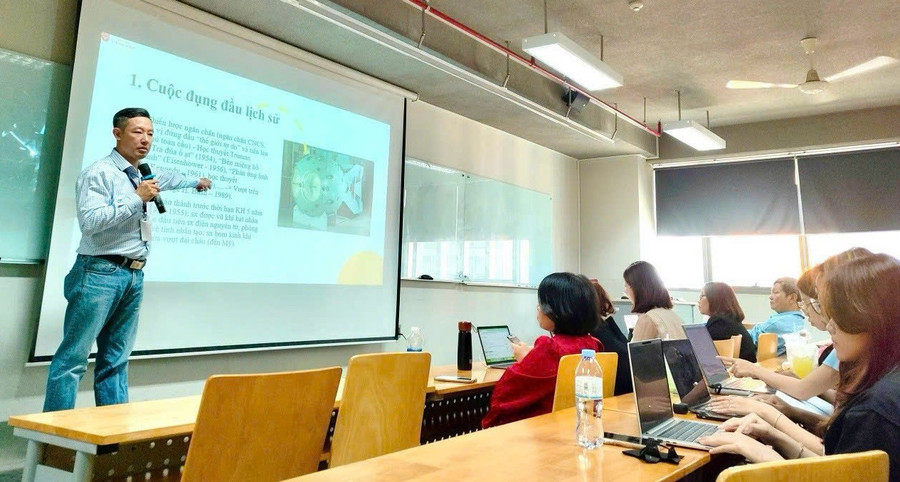
Anticipate risks
- Besides the positive impacts, in your opinion, is it possible to foresee any negative impacts or risks in order to have solutions to prevent them?
- The first negative impact and risk of this is the risk of losing identity and tradition. Many schools have a history of dozens, even more than a hundred years. Merging easily causes the loss of identity and familiarity, causing reactions in society and alumni. Along with that is the risk of conflicts of interest in governance.
Some lecturers will be afraid of losing their positions, the training industry will be narrowed, the department will be dissolved. Students will be concerned about the value of degrees and the school brand after the merger. Especially, if the management mechanism is not renewed, the merger will only make the apparatus bloated, with many intermediate layers, reducing operational efficiency.
In addition, when local schools are merged into a large university, it can lead to excessive “centralization”. Local training needs are overlooked, affecting the role of regional development.
To minimize negative impacts, it is necessary to first design a modern governance mechanism; transparent communication, clearly explaining the reasons, benefits and commitments to ensure the rights of lecturers, students and alumni.
Along with that, there is a reasonable human resource policy: Retaining a team of good lecturers, arranging fairly, avoiding the "loser" mentality after the merger. Preserving the traditional brand, possibly keeping the school name as a "member school" in the structure of a large university. At the same time, paying attention to connecting with regional development through the fact that the merged university must still be responsible for serving the human resource, research and development needs of the locality.
Thus, it can be said that university mergers open up both great opportunities and potential risks. The success or failure of this process does not depend on administrative orders, but on the ability to design a new governance mechanism that ensures the harmony of interests of all parties involved.

5 fundamental principles to establish
- From an expert perspective, what suggestions do you have to ensure the restructuring process is effective and sustainable?
- In order for the university merger process to not turn into a mechanical "administrative" process, causing disruption and negative reactions in society, I think it is necessary to clearly establish the following 5 fundamental principles:
First, the principle of public interest: Mergers are not intended to reduce the number of training facilities, but to optimize resources, improve training and research quality, and better serve the needs of learners and society.
Second, the principle of respecting university autonomy: Each school participating in the merger must be fully consulted and have the right to participate in designing the new model, ensuring that its academic identity is not eliminated.
Third, the principle of transparency and accountability: The merger process must publicize information, clearly explain the reasons, criteria, and roadmap; avoid administrative imposition, causing confusion for lecturers and students.
Fourth, the principle of harmonizing interests: Mergers must take into account the interests of many parties: the State, schools, lecturers, students, and local communities. If only focusing on management interests, ignoring academic and social interests, the process will fail.
Fifth, the principle of step-by-step, with a roadmap: Do not conduct a "one-shot merger", but rather test, evaluate, and adjust to avoid causing shock and wasting resources.
Of course, the merger needs to be based on strict, scientific criteria, in order to form sustainable multidisciplinary universities. Specifically, in terms of geography, priority should be given to merging schools in the same area (city, province) to take advantage of common infrastructure and reduce management costs. Avoid merging schools far apart, causing difficulties for students and lecturers in studying and teaching.
In terms of training, schools with complementary training majors will merge to form a multidisciplinary university. Avoid mechanical mergers between schools with too many overlapping majors, which can easily lead to conflicts and excess human resources.
In terms of research and training capacity, it is advisable to merge schools with the same mission but different strengths (for example, one school is strong in engineering, the other is strong in socio-economics). This helps to form universities with interdisciplinary capacity, easily participating in national and international research programs.
In terms of scale and operational efficiency, schools that are too small (under 3,000 students) should consider merging to take advantage of resources. Schools with low operational efficiency and poor quality should also be included in the merger.
Regarding national strategy, priority is given to forming regional and international research universities in the country's economic, political and social centers (Hanoi, Ho Chi Minh City, Hue City, Da Nang City).
Each economic region should have at least one multidisciplinary university, large enough to serve both local human resource needs and gradually integrate internationally. Each province should have at least one multidisciplinary university - multi-level "community university" - with a reasonable scale, both to serve the direct human resource needs of the province and to contribute to raising the intellectual level of the local community.
The State's responsibility in this period is to create a legal framework, ensure fairness and monitor public interests, not directly intervene in academic - organizational - personnel decisions. The responsibility of universities is to dare to accept change, put national interests and the academic community above local interests. And the responsibility of the whole society is to monitor, criticize and accompany, so that the reform process is not derailed by the pressure of group interests.
“The process of university mergers in Vietnam is irreversible, but whether the results are positive or negative depends on how it is implemented. If based on the principles of transparency, autonomy and ensuring the rights of learners and lecturers, this process can become a historic opportunity to upgrade the national university system.” - Dr. Le Viet Khuyen
Source: https://giaoducthoidai.vn/sap-xep-tai-cau-truc-he-thong-giao-duc-dai-hoc-hinh-thanh-dai-hoc-da-linh-vuc-canh-tranh-quoc-te-post754138.html



![[Photo] Flooding on the right side of the gate, entrance to Hue Citadel](https://vphoto.vietnam.vn/thumb/1200x675/vietnam/resource/IMAGE/2025/10/28/1761660788143_ndo_br_gen-h-z7165069467254-74c71c36d0cb396744b678cec80552f0-2-jpg.webp)
![[Photo] Prime Minister Pham Minh Chinh chaired a meeting to discuss solutions to overcome the consequences of floods in the central provinces.](https://vphoto.vietnam.vn/thumb/1200x675/vietnam/resource/IMAGE/2025/10/29/1761716305524_dsc-7735-jpg.webp)


![[Photo] National Assembly Chairman Tran Thanh Man received a delegation of the Social Democratic Party of Germany](https://vphoto.vietnam.vn/thumb/1200x675/vietnam/resource/IMAGE/2025/10/28/1761652150406_ndo_br_cover-3345-jpg.webp)
























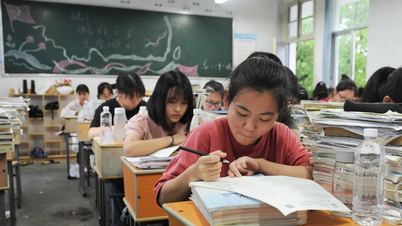
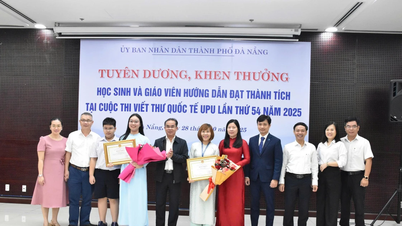
![[Photo] President Luong Cuong attends the 80th Anniversary of the Traditional Day of the Armed Forces of Military Region 3](https://vphoto.vietnam.vn/thumb/1200x675/vietnam/resource/IMAGE/2025/10/28/1761635584312_ndo_br_1-jpg.webp)
![[Photo] Draft documents of the 14th Party Congress reach people at the Commune Cultural Post Offices](https://vphoto.vietnam.vn/thumb/1200x675/vietnam/resource/IMAGE/2025/10/28/1761642182616_du-thao-tai-tinh-hung-yen-4070-5235-jpg.webp)





















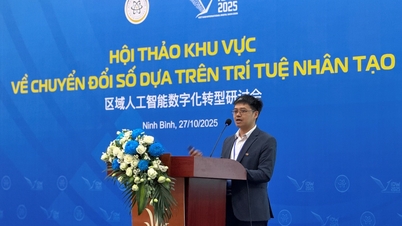



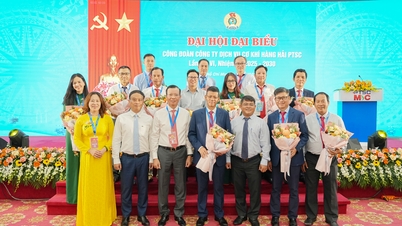







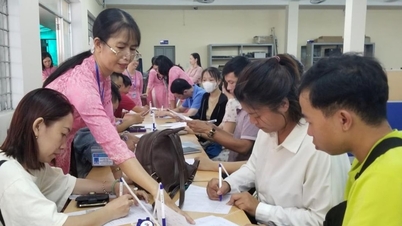


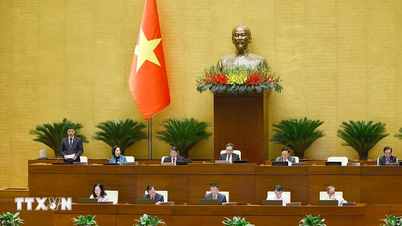

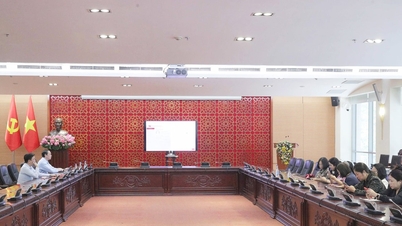



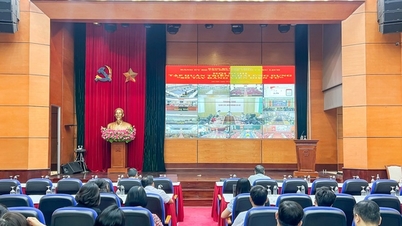



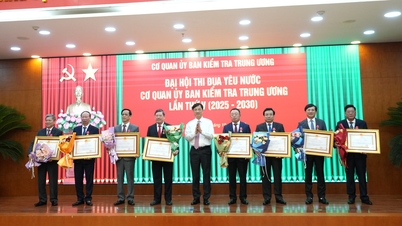





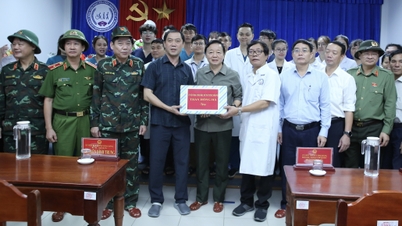



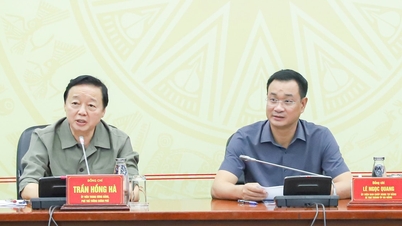

















Comment (0)